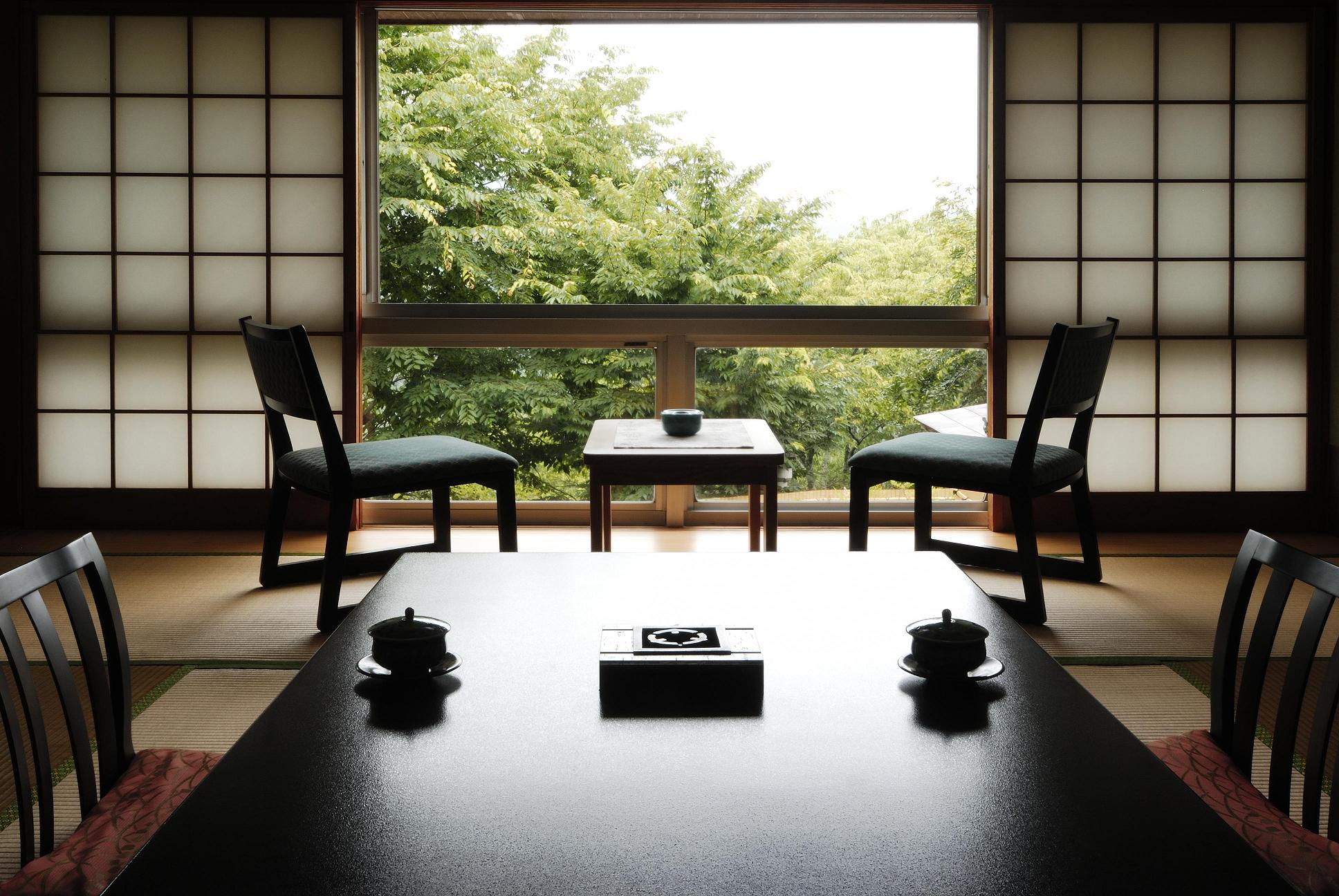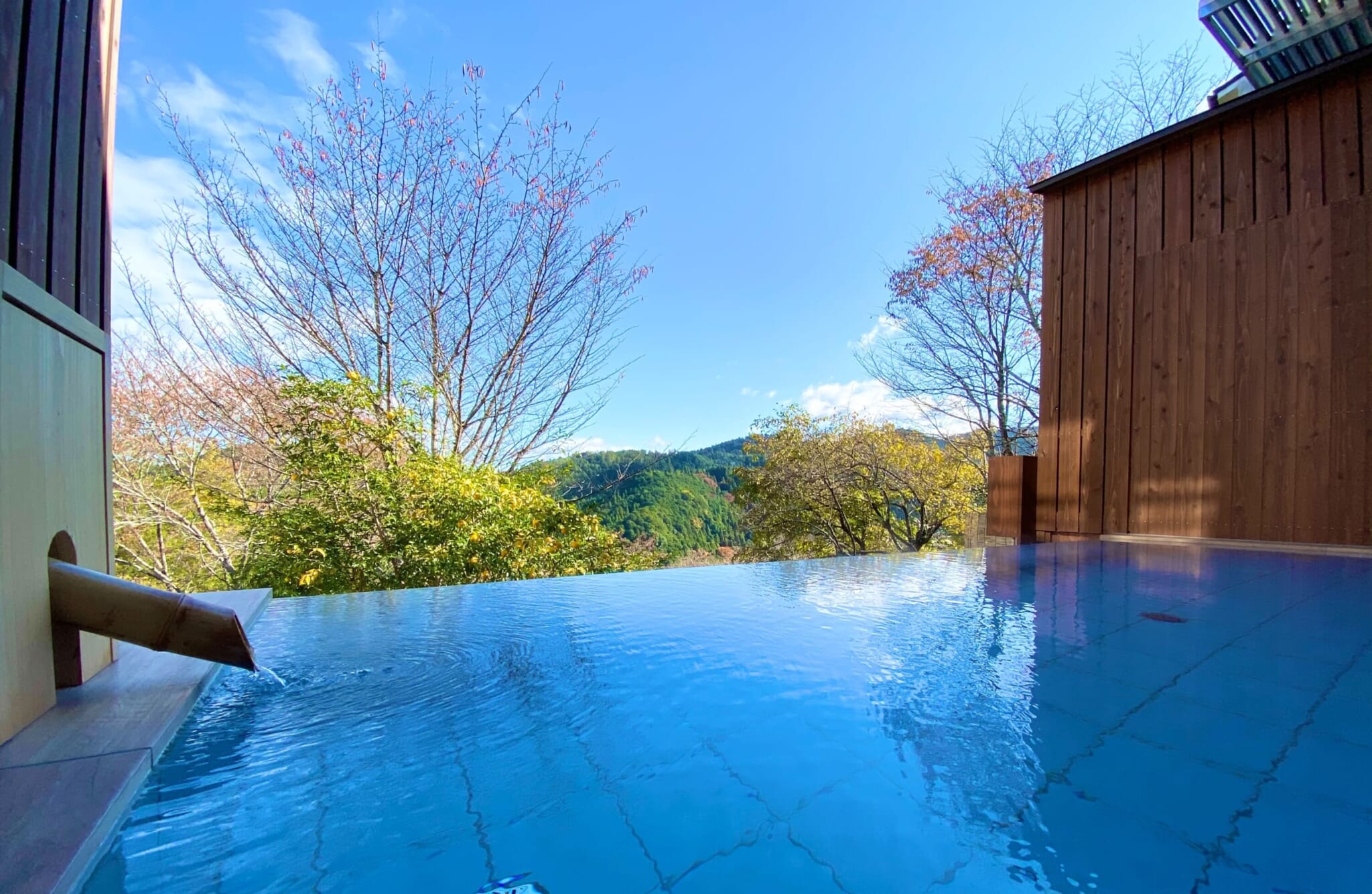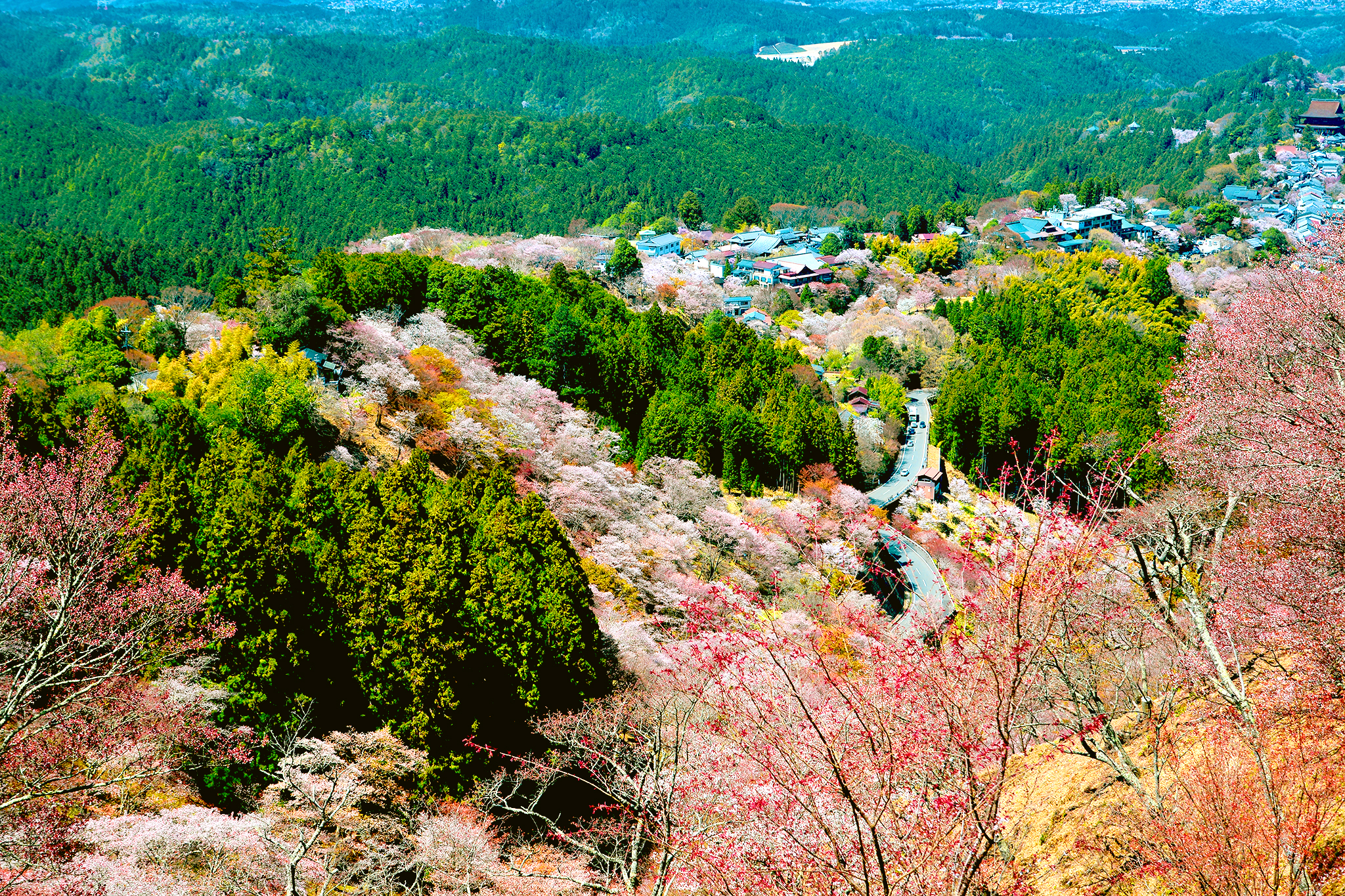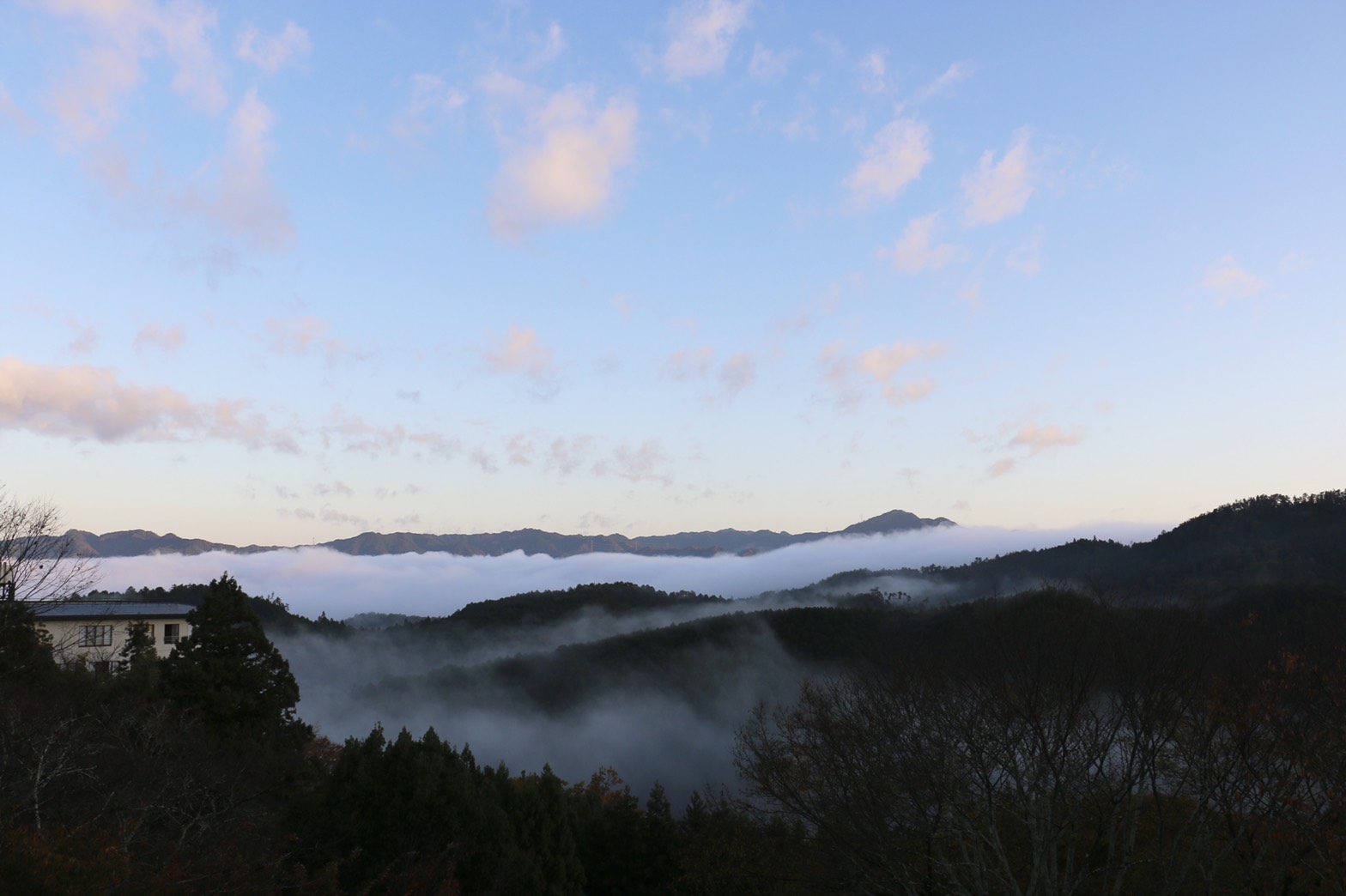Nara Prefecture’s Mount Yoshino has a rich history of spirituality through Shugendo, a form of folk religion derived from mountain worship. Together with Koyasan and Kumano in Wakayama Prefecture, Mount Yoshino was recognized as a UNESCO World Heritage Site named “Sacred Sites and Pilgrimage Routes in the Kii Mountain Range” in 2004.
The mountainous area is also synonymous with cherry blossoms. Huge crowds descend on the area every spring to admire more than 30,000 cherry trees from an eight-kilometer-long path winding up the slopes. While it is undeniably stunning in the spring, Mount Yoshino offers plenty of incentive for making the effort to visit at other times of the year, when a more peaceful air prevails in the mountain hamlet.
We visited during a summer motorcycle trip around the Kii Peninsula, a region known for its hiking trails and sacred sites, and which includes Mie, Nara and Wakayama Prefectures. While the revered Ise Grand Shine in Mie, Nara’s historic sites and the beautiful temple town of Koyasan all receive plenty of attention — and my partner and I enjoyed visiting each of these bustling locations while touring around — we found Mount Yoshino’s tranquil atmosphere equally appealing, as it offered us room to breathe and to savor the surroundings at our own pace.
A Legacy of Hospitality
We stayed at Yoshinoso Yukawaya, a ryokan that has been tended by 17 generations of the same family. Yoshifumi and Kaoru Yamamoto, the 16th-generation owners, are ably assisted by their son Yoshiki and his wife, Chiharu. After many hours of touring on our bike, Yoshinoso Yukawaya was the perfect place to unwind at the end of the day. The warmth of the wooden interiors, made from locally sourced timber, creates an elegant yet cozy ambience.
The Yamamoto family are dedicated to providing a haven where guests experience the hospitality that encapsulates the ryokan experience, yet can also fully relax without having to stand on ceremony. They retain a level of intimacy that makes it easy to chat, as if you’re a special friend who has dropped in at the family home — albeit a home with more than 350 years of history.
“Our proprietress — my mother — always says that the ryokan is the last bastion of traditional Japanese culture. At a time when traditional interiors are becoming increasingly less common in Japanese homes, we are committed to cherishing and passing on this culture,” says Yoshiki Yamamoto. “We’re a small ryokan but we hope our international guests will come to love Japan even more after staying with us.”
Among the dishes served in their dinner course is a hearty hot pot inspired by the 12th-century monk and poet Saigyo Hoshi, who was attracted by Mount Yoshino’s natural beauty and secluded himself there to contemplate and write. It’s thought that he went out foraging in the mountains for his meals, and the ryokan’s signature dish, Saigyo Nabe, incorporates seasonal wild plants, chicken, pheasant and Yoshino’s locally grown kuzu (arrowroot) in a modern interpretation inspired by the poet’s repasts.
A Sacred Spot
Just a few minutes’ walk away from Yoshinoso Yukawaya is Kinpusenji Temple, the iconic symbol of the mountain and one of the most important sites for Shugendo worship for some 1,300 years. Groups of yamabushi, the followers of Shugendo, are frequent visitors to the temple — particularly during the warmer months of the year.
The area around Mount Yoshino was long thought to have a special connection to the gods. According to folklore, an important religious figure called En no Gyoja is considered to have founded Shugendo after witnessing the deity Zao-Gongen there. He then carved the god’s image from wild yamazakura (mountain cherry tree), leading to a connection with the tree and Shugendo. En no Gyoja established Kinpusenji and Shugendo devotees who came to Mount Yoshino on pilgrimages began planting and cultivating more cherry trees along the mountain as an expression of faith. This was the origin of Mount Yoshino’s rise to fame as a center for sakura viewing.
Kinpusenji is included among Mount Yoshino’s UNESCO World Heritage sites, and its Zao-do Hall is said to be the second largest wooden structure in Japan after Nara’s famous Todaiji Temple. Three blue-skinned statues of Zao-Gongen, the principal deity of Kinpusenji, are housed inside.
These statues are only open to the public for a short period in spring and autumn, so we didn’t see them during our visit. However, thanks to a tip from our hosts at the ryokan, we were able to join the priests and other early birds for the morning service of chanting and prayers, accompanied by a drum, in the Zao-do Hall. Filled with a sense of peace after observing the solemn proceedings, we made our way back to Yoshinoso Yukawaya for a sumptuous breakfast and a leisurely exploration of the village before hitting the road again.
Updated On March 14, 2023













